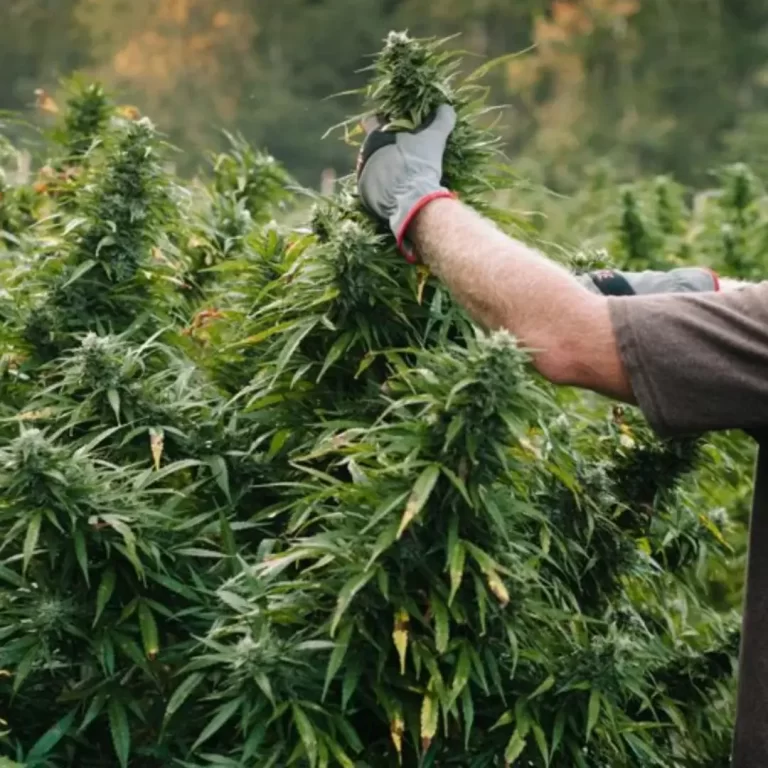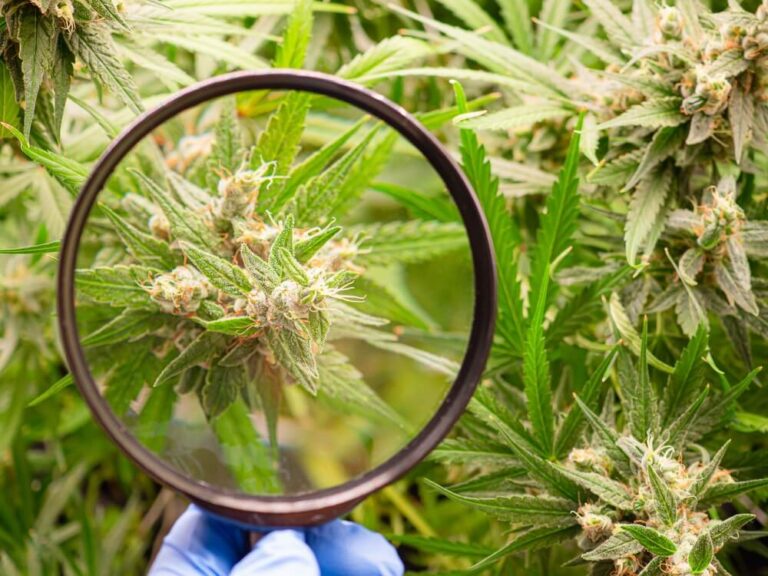
AI Revolutionizing Cannabis Cultivation
- Cannabis News
- Cannabutter Digest
Depending on who you ask, artificial intelligence or AI is either revolutionizing the world or slowly destroying it. Some say AI pushes people out of work, while others claim it can streamline business and make things more efficient. Those arguments are now being put to the test in the marijuana industry as AI gets applied to cannabis cultivation.
Some cannabis cultivators are now employing cutting-edge AI technology to help them improve cannabis cultivation operations, increasing grow yields with less work and fewer losses. AI may help the industry produce consistently high-quality products while reducing labor and energy costs. But at what cost?
Is AI Helping to Make the Cannabis Cultivation Business Faster and Smarter?
Grow warehouses that are covered in high-tech sensors and sensitive camera equipment: this is not the plot of a science-fiction thriller. It is the reality of some of today’s most sophisticated marijuana grow operations utilizing AI and machine learning technology. Going high-tech and investing in new technology means cannabis cultivators can closely monitor their cannabis plants to maintain optimal growing conditions and produce higher, more consistent bud yields.
AI is helping to power sophisticated data collection and monitoring solutions that help cannabis cultivators monitor the health of their plants and identify pests and diseases before they can decimate an entire crop. Those in favor of using AI say the technology may soon be able to monitor and highlight what isn’t visible to the naked eye, such as growth rate changes in cannabis plants. They claim that AI/machine learning technologies will help improve the overall health of the crop, which also translates to dollar signs at the end of the day.
The Spyder from San Francisco-based tech company Neatleaf is an AI technology that includes multiple sensors spread across the canopy of an indoor grow operation. The product tracks leaf color, temperature, and humidity levels multiple times per day for individual plants. The AI then assesses the data it collects and attempts to detect patterns and signs of stress. The program spits the data onto a dashboard with charts and heat and light maps. For Stephen Hess, the head of cultivation at Arizona-based cannabis company 22Red, AI has been a game changer.
Hess says that the Spyder’s AI recommendations are extremely precise and that because the software makes calculations using data the system has learned to gauge at other cultivation sites, it gives him more consistency.
Not to be outdone, cannabis manufacturers are also getting in on the AI ground floor. Another advancement from AI technology is the development of automated procedures that allow extraction cycles to be completed with limited human interaction. That means while workers put biomass in and take out the extracted waste, the rest of the process boils down to the push of one of two buttons, which results in streamlining the process, saving money, and increasing the consistency of the overall product. Some cultivators are also experimenting with using AI to analyze all their extraction parameters, such as biomass weight, pressure, temperature, and solvent volume. The hope is that weed manufacturers can create superior cannabis products more efficiently.
Some in the industry are so excited by advancements in AI and robotics that they envision a future where machines cut and separate flowers, allowing buds to travel to AI-powered trimming machines before moving on to automated grading and sorting machines. In an AI-monitored curing environment, the buds could mature to full potency before being packaged by machine or sent on for extraction.
It is a thrilling prospect, but with AI still in its infancy, it is still no more than a flight of fancy, primarily because of the money it would take to cultivate and develop such sophisticated technology. There is speculation that the necessary AI and robotics leaps to automate the cannabis industry could never be funded and fully realized without federal marijuana legalization.
Is There a Downside to the Rise of AI Technology?
Anything that helps make cannabis cultivation and manufacturing more cost-effective and efficient is a net positive, right? That depends on who you ask. The head of cultivation at 22RED, Stephen Hess, says the new Spyder AI technology saves him time and money. Hess says, “I only need six growers on-site versus 10.” He adds that rather than paying $50,000 each in annual salaries to four employees, he’s paying $600 for the Neatleaf subscription plus another $600 monthly for evaluations. Plus, someone can watch the software remotely, so few people have to monitor the plants on-site. The cost savings of using AI is undoubtedly enormous.
However, what happens to those four on-site cultivators who are pushed out of their jobs by software? When technology is used to eliminate people’s jobs, it can feel like AI is not creating such a win-win situation. As with the introduction to any automation or new technological breakthrough, there are some growing pains, and those working traditional cannabis cultivating jobs may feel left behind as they struggle to compete with computer programs, robots, and automation. Those working traditional cultivation jobs may need to learn to adapt and change with the times or find a new place in cannabis culture.
Another downside to working with AI technology is knowing when to override the program. Florida-based marijuana MSO Jushi Holdings is working with contractors and mechanical engineers to see that equipment with machine learning drives its building-management system instead of relying on one AI service. The approach helps the company reduce energy costs and more sustainably produce cannabis. However, all changes must be made strategically, no matter how small. Tiny manual tweaks to the system can be risky and impact the entire operation because the systems are interconnected. Manual adjustments also mean that the system takes longer to relearn its original knowledge.
The AI movement has enormous positives, especially in the cannabis industry. Yet, for all the scientific buzz and excitement, there are still downsides to consider, which may necessitate new training or educational programs for those in the cultivation and manufacturing industries who want to keep up with the times.
What else is new on the cannabis frontier? Cannabutter Digest keeps you well-informed and is your number-one spot for cannabis news, research, recipes, and product reviews.






